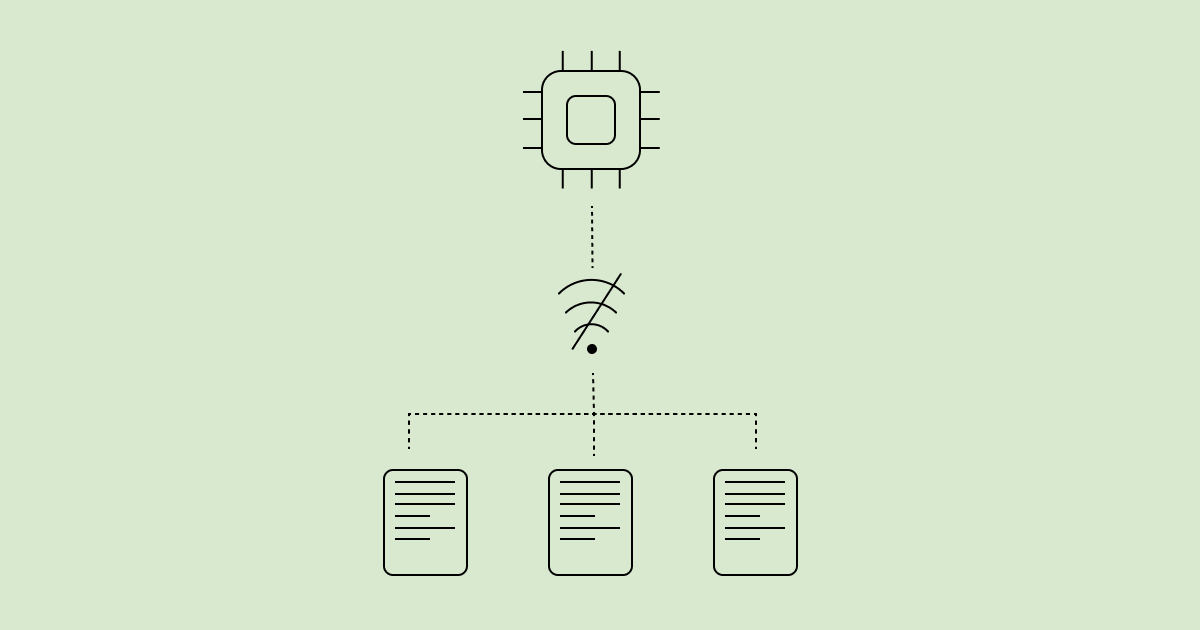In an era of cloud-based AI, consider offline NLP.
Online and cloud-based Natural Language Processing has been dominating the conversation since GPT-3. But is it always the best option?
October 3, 2025

The field of Natural Language Processing mostly consists of two broad categories of tasks: text generation and text understanding/processing. Computation-heavy tasks that cannot realistically be performed without resorting to LLMs hosted in the cloud are mostly limited to the first category, that is text generation. The large majority of tasks belonging to the second category, such as text classification, entity recognition, guardrailing, etc. are simple enough to be performed offline on a local device, without needing an internet connection.
We are so used to the idea of performing any kind of NLP task through cloud-based APIs (OpenAI's, Google's...) that we often employ them even when offline alternatives would make more sense. In fact, offline NLP offers several advantages over its API-based counterpart.
💵 Cost-effectiveness
Even though the per-token cost of AI APIs might seem low, pricing can quickly become an issue at scale. As the number of requests increases, so does the overall cost, which can hit the tens of thousands of dollars per month for businesses with medium to high volumes of text to processed.
Offline NLP solutions, on the other hand, involve minimal to no recurring costs after the initial setup, making them a more cost-effective option for businesses with high-volume text processing needs.
🔒 Privacy by Design
With cloud-based NLP, your data, including potentially sensitive information, is sent to third-party servers for processing, and can be subsequently used for model training or other purposes, often without your explicit consent or knowledge.
With local NLP, your data never leaves your device. Whether you are processing personal notes, customer conversations or confidential documents, information is processed locally, ensuring that private data remains private.
🎨 Customization
API-based NLP solutions are designed to be general-purpose and cannot be easily tailored to specific use cases. This can lead to suboptimal performances when dealing with domain-specific applications or specialized vocabularies..
Offline NLP solutions can be fine-tuned, pruned, quantized or even built from scratch to meet business-specific requirements, avoiding the limitations of one-size-fits-all models and resulting in better performances.
⚡ Lower Latency
No round-trip to servers that are potentially located on the other side of the world means that offline NLP solutions can offer faster response times. This is particularly important for applications that require real-time processing, such as chatbots, virtual assistants or autocompletes, where even the slightest difference in speed can significantly impact user experience.
Create your own offline NLP model
At Tanaos, we developed Artifex, an open-source Python library that allows you to create your own task-specific NLP models that can be run offline on your local machine, without needing any training data or GPUs. Try it out!
See Artifex on GitHub